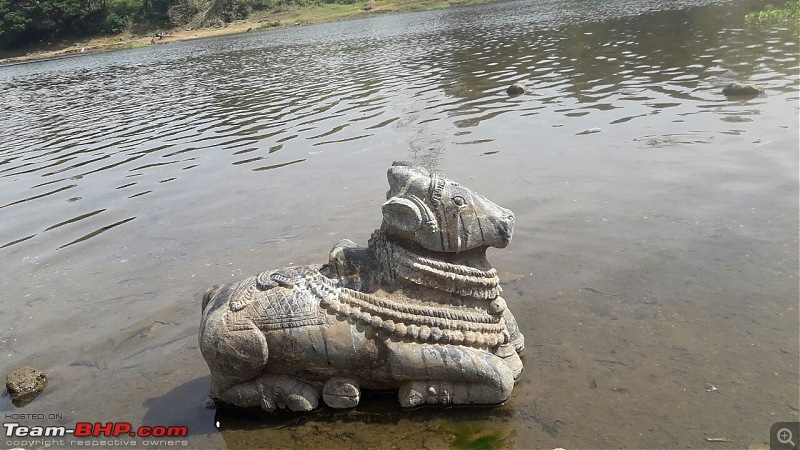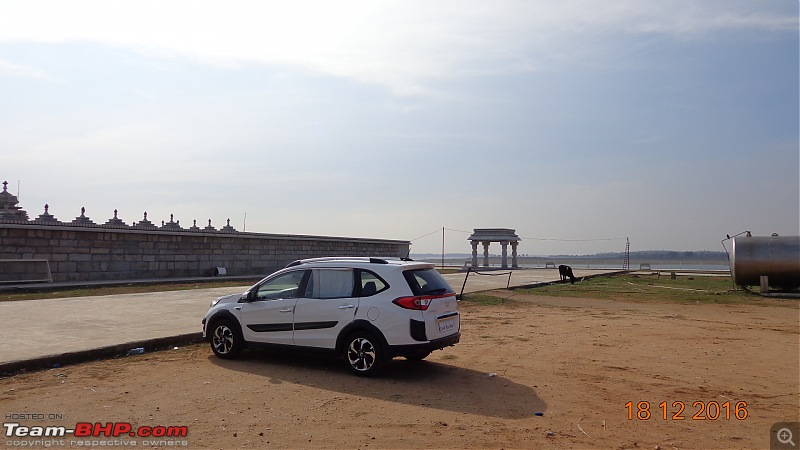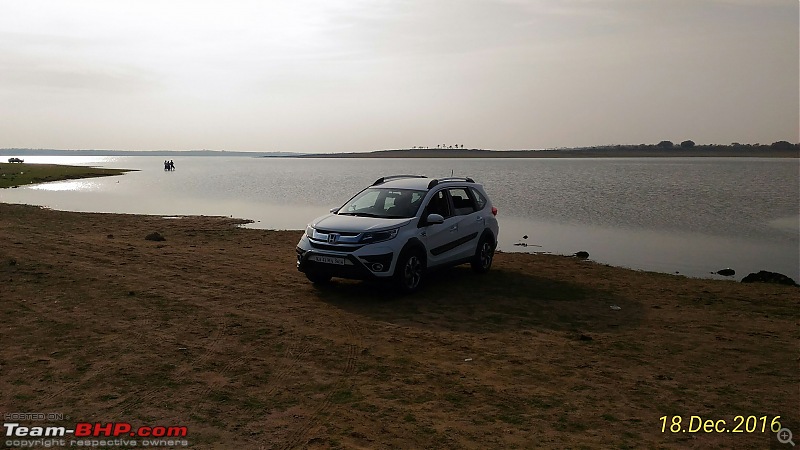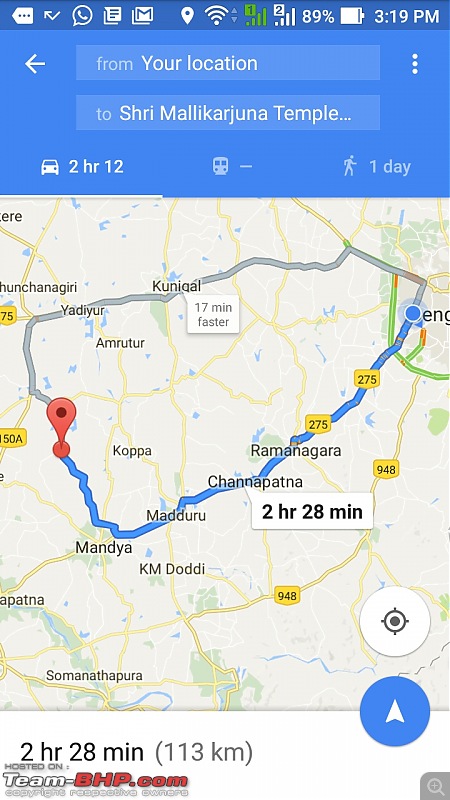| Re: Guide to the lesser known Hoysala Era Temples
I had to accompany a friend of mine to Swathi Delicacy for breakfast today and decided to check out the temples at Turuvekere & Aralaguppe. Turuvekere as a whole was a big letdown as all 3 temples that I visited were locked and I had to satisfy myself with a peek from outside. The Chennakeshava Temple is not really exceptional from the outside and I did wonder if this was built in the same time period as the others at Belavadi or Doddagaddavali as the walls seemed pretty plain when compared to the other temples that I had visited. Chennakeshava Temple   Moole Shankareshware temple Moole Shankareshware temple 
You can see that the temple premises is not very clean and the stone work on it is again below par when compared to the other hoysala temples
Also visited the Sri Gangadhreshwara temple, which I dont think is a Hoysala temple as only a couple of pillars have some stone work on it. Even the Vimana above the temple seems to be made of mud/stone. The standout feature is the big Nandi which seems to have been carved from a single block of stone Nandi - Sri Gangadhareshwara Temple 
Spoke to smartcat yesterday night and he mentioned that cops at Aralaguppe might throw a spanner in the works by restricting photography. Hence I was in two minds about driving here but decided to take a chance. In my opinion, I should have just skipped Turuvekere and driven straight to Aralaguppe as the temple is a beauty!
The complex is very well maintained and the stone work on the walls of the temple are a treat to the eye. The cop and the ASI person keep butting in/photo bombing and in general its not a great experience but I did not mind it much as the temple is a work of art. The carvings on the ceiling are very unique in this temple and its a pity that I could not take pics inside the temple. Temple info  Entrance Entrance  The photo bomber The photo bomber  Quote: |
Below the eaves two different decorative schemes may be found, depending on whether a temple was built in the early or the later period of the empire. In the early temples built prior to the 13th century, there is one eave and below this are decorative miniature towers. A panel of Hindu deities and their attendants are below these towers, followed by a set of five different mouldings forming the base of the wall. In the later temples there is a second eave running about a metre below the upper eaves with decorative miniature towers placed between them. The wall images of gods are below the lower eaves, followed by six different mouldings of equal size. This is broadly termed "horizontal treatment".The six mouldings at the base are divided in two sections. Going from the very base of the wall, the first horizontal layer contains a procession of elephants, above which are horsemen and then a band of foliage. The second horizontal section has depictions of the Hindu epics and Puranic scenes executed with detail. Above this are two friezes of yallis or makaras (imaginary beasts) and hamsas (swans).
|
Source: Wikipedia - https://en.wikipedia.org/wiki/Hoysala_architecture Decorative mini towers  Six layered base Six layered base  Another variation of the layered base Another variation of the layered base  Star shaped temple platform Star shaped temple platform  Road Condition Road Condition
Yadiyur to NH150A has a few patches that were being tarred over today and should not pose a problem to any car. Watch out for a couple on unmarked speed breakers as soon as you take the right onto NH150A, after which its a two lane road till Turuvekere and further ahead till the turnoff for Aralaguppe. The road to Aralaguppe is narrow with some broken culverts, bad patches and a few blind curves where local 2 wheelers just blindly zip through. Better off driving slow, using the horn and soaking in the views of coconut plantations. 
Thus endeth another good weekend. Planning to take a couple of days off towards the end of the month and cover the other temples and wrap up an eventful year  | 
 (2)
Thanks
(2)
Thanks

 (3)
Thanks
(3)
Thanks

 (3)
Thanks
(3)
Thanks

 (4)
Thanks
(4)
Thanks

 (3)
Thanks
(3)
Thanks
 (1)
Thanks
(1)
Thanks

 (2)
Thanks
(2)
Thanks

 (2)
Thanks
(2)
Thanks

 (3)
Thanks
(3)
Thanks

 (2)
Thanks
(2)
Thanks

 (3)
Thanks
(3)
Thanks

 (2)
Thanks
(2)
Thanks
 (4)
Thanks
(4)
Thanks




 That is some wonderful set of Photographs RJ. Looks amazing and needless to say, perfect explanation to them too.
That is some wonderful set of Photographs RJ. Looks amazing and needless to say, perfect explanation to them too.

















 . Isn't this unusual? Any significance of such placement?
. Isn't this unusual? Any significance of such placement?



















































































